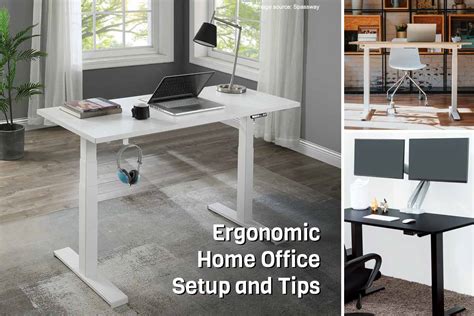🧠 Introduction
In 2025, the home office is no longer a luxury — it’s a necessity. Whether you’re working remotely full-time or balancing hybrid schedules, the way you design your space directly impacts your productivity and health. Here’s how to build a workspace that supports both performance and well-being.
1. Choose a Dedicated Space
Avoid working from the couch or kitchen table. Designate a room or quiet corner with enough light and minimal distractions.
2. Invest in Ergonomic Furniture
Your chair, desk, and monitor placement determine how your body feels after 8 hours. Prioritize:
- Adjustable ergonomic chair
- Sit/stand desk or riser
- Monitor positioned at eye level
3. Embrace Minimalism
A clean, distraction-free space sharpens focus. Stick to:
- Neutral tones
- Functional furniture
- Hidden or managed cables
4. Add Smart Tech (Without Clutter)
Make your space smarter — not messier:
- Voice-controlled lighting
- Wireless charging pad
- Webcam with built-in mic
5. Don’t Ignore Air and Light
Natural light boosts alertness. If possible, place your desk near a window. If not, use full-spectrum daylight lamps and an air purifier or live plants.
6. Personalize (But Keep It Simple)
Add items that motivate, calm, or energize you — but don’t overdo it.
- One framed photo or quote
- A plant
- Art that doesn’t distract
✅ Conclusion
A productive home office blends comfort, clarity, and smart solutions. Don’t overcomplicate it. Prioritize what supports your workflow and well-being — and remove what doesn’t.





